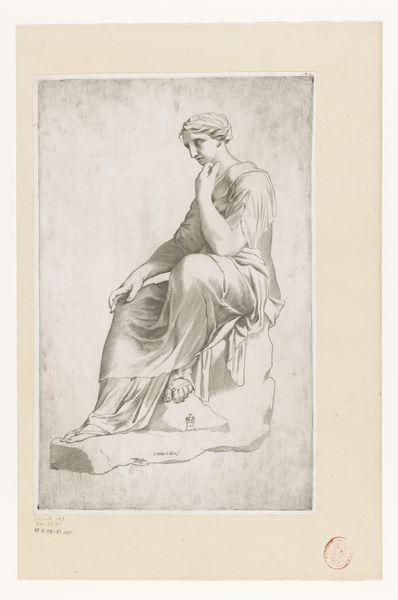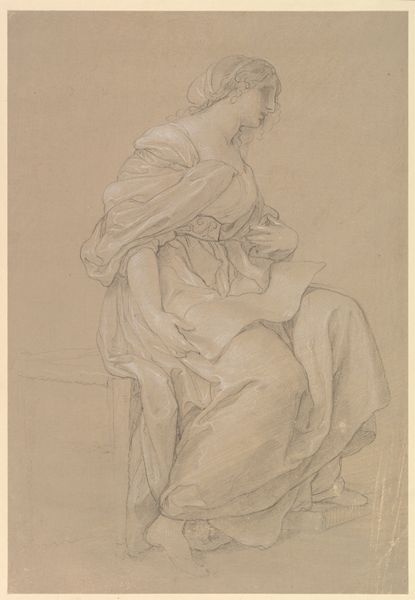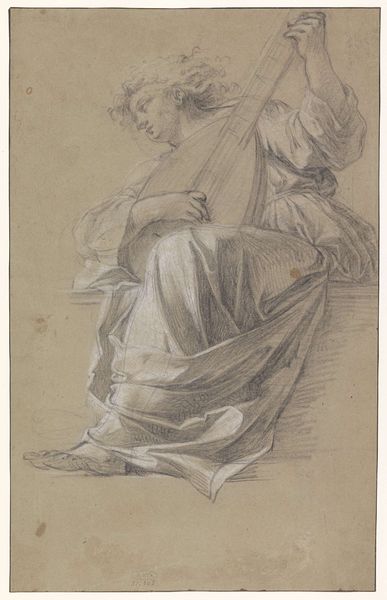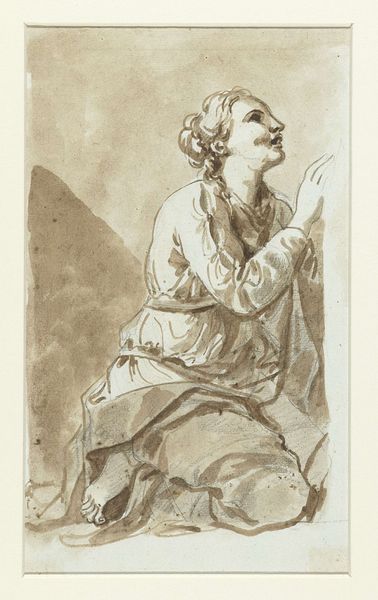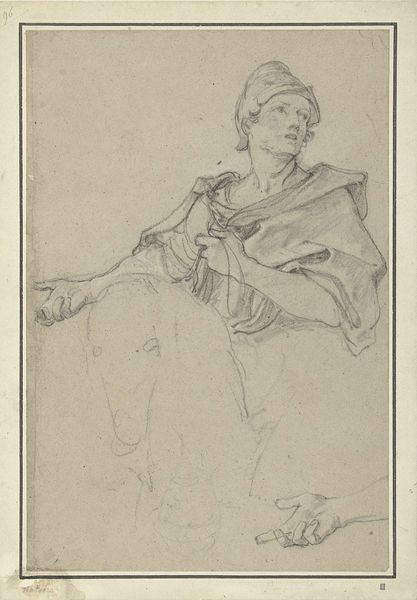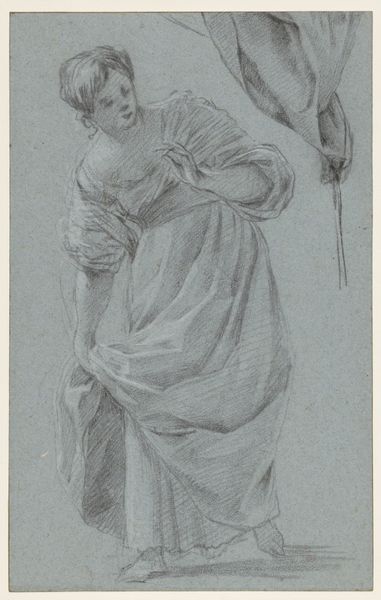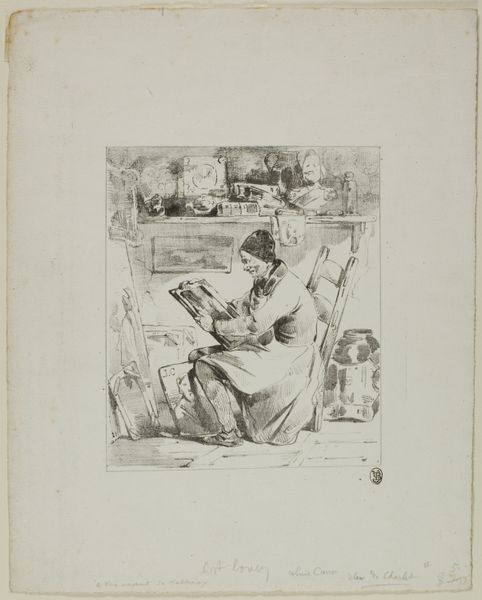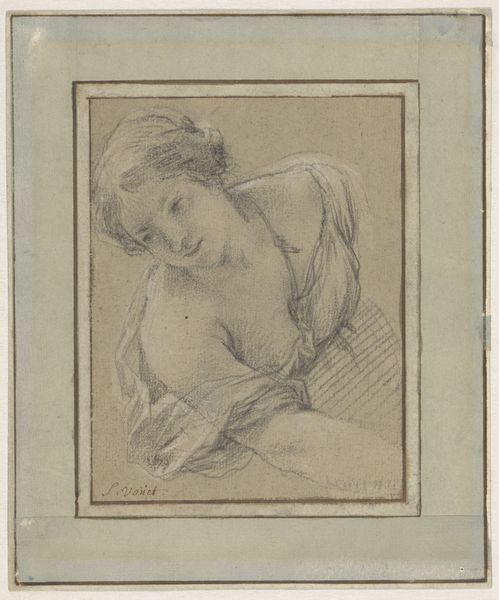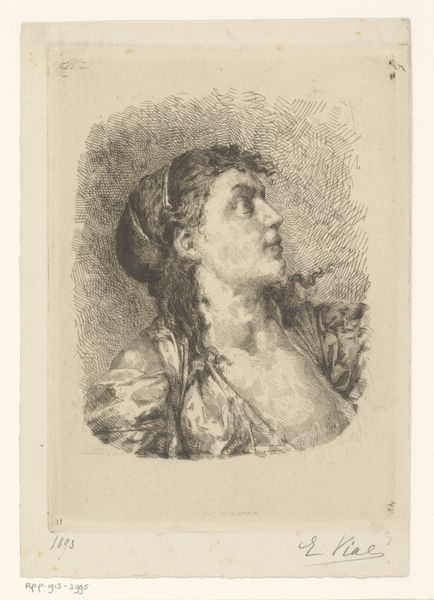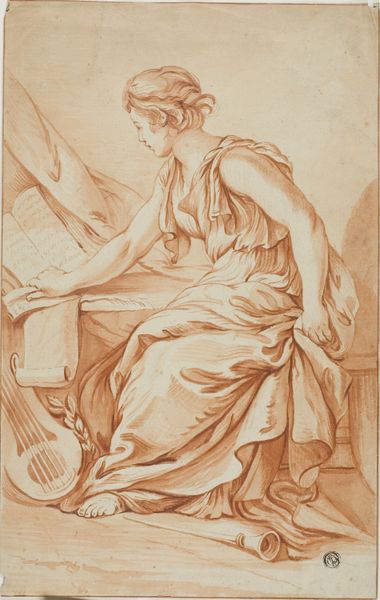
print, engraving
#
portrait
#
baroque
# print
#
history-painting
#
engraving
Dimensions: height 184 mm, width 156 mm
Copyright: Rijks Museum: Open Domain
Editor: This is "Johannes de evangelist," an engraving by Giovanni Battista Pasqualini from around 1601 to 1634. The intricate lines forming the figure and the eagle next to him are impressive. How do you interpret this work within its historical context? Curator: Well, it's fascinating how this print circulated, shaping public perceptions of religious figures. We need to consider the Counter-Reformation's visual strategies. Prints like these served as powerful tools, disseminating imagery to wider audiences. Notice how the inclusion of the eagle functions beyond mere symbolism. What could it suggest about the role of institutions and power at the time? Editor: Perhaps it indicates the power of the Church and its all-seeing presence. Were these types of images often used for propaganda purposes during the Baroque era? Curator: Absolutely. Printmaking democratized art, moving it beyond the patronage of the elite. Artists like Pasqualini indirectly participated in the political and religious dialogues by reproducing images, playing with iconography and, of course, subtly influencing opinions through accessibility and presentation. How does the print's aesthetic contribute to the dissemination of its message? Editor: The detail certainly makes it captivating. Considering its time, I can imagine people gathering around, sharing interpretations, reinforcing communal religious values, or challenging interpretations presented by the authorities. It shows me how dynamic of a force artwork can be! Curator: Precisely! It reminds us of the importance of considering not just the artist's intention but also how the image operated within the public sphere, its life within different contexts, as it traveled across geographical and social boundaries.
Comments
No comments
Be the first to comment and join the conversation on the ultimate creative platform.
